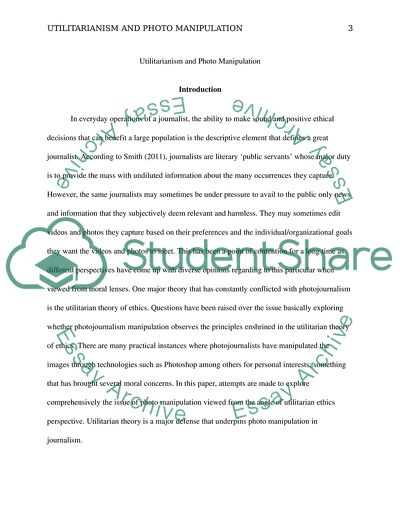Cite this document
(Utilitarianism and Photo Manipulation Literature review Example | Topics and Well Written Essays - 1750 words, n.d.)
Utilitarianism and Photo Manipulation Literature review Example | Topics and Well Written Essays - 1750 words. https://studentshare.org/journalism-communication/1878900-utilitarianism-and-photo-manipulation
Utilitarianism and Photo Manipulation Literature review Example | Topics and Well Written Essays - 1750 words. https://studentshare.org/journalism-communication/1878900-utilitarianism-and-photo-manipulation
(Utilitarianism and Photo Manipulation Literature Review Example | Topics and Well Written Essays - 1750 Words)
Utilitarianism and Photo Manipulation Literature Review Example | Topics and Well Written Essays - 1750 Words. https://studentshare.org/journalism-communication/1878900-utilitarianism-and-photo-manipulation.
Utilitarianism and Photo Manipulation Literature Review Example | Topics and Well Written Essays - 1750 Words. https://studentshare.org/journalism-communication/1878900-utilitarianism-and-photo-manipulation.
“Utilitarianism and Photo Manipulation Literature Review Example | Topics and Well Written Essays - 1750 Words”. https://studentshare.org/journalism-communication/1878900-utilitarianism-and-photo-manipulation.


